Text by Patrick Bell.
Our gallery today is a small collection of transit photos from a known source. These are part of a much larger collection (1,656 images) that is housed at Cornell University and is titled “U.S. President’s Railroad Commission Photographs 1960-61”. Today’s featured images are of a Chicago, Milwaukee, St. Paul and Pacific Railroad (better known as the Milwaukee Road) car lot and some of their equipment. The location was apparently not recorded, and these photos were not submitted to the Commission, yet were retained for the collection.
Now, on to the images. These were new 1961 models that were on the car lot that particular day. The first photo was a piggy back style auto carrier secured to a flat car. On the upper deck from the left, a Chrysler New Yorker 4 door sedan, Plymouth Fury 2 door hardtop, and an Imperial Crown Coupe. The lower deck had a Dodge Dart Pioneer wagon, another New Yorker sedan, and a Plymouth Savoy 4 door sedan. On the second trailer upper was a Dart Pioneer 4 door sedan, and lower a Dodge Lancer.
On top here was a Dodge Dart, and below a Plymouth Savoy, going by the front seat style. To the left they were loading Studebakers; a Lark on top and a few on the ground.
Here is the same view, a few steps back and to the left. On the ground to the left a Lark 2 door sedan with a wagon on the other side of it. This is a good view of the loading ramps, which apparently were more efficient than the trailer’s ramps. Also, on the left trailer you can see how the upper deck splits apart for access to the lower deck. And on the lot to the right, many Fords, a couple of Thunderbirds, one Lincoln, a Dodge or two, and at least one Studebaker.
And a good view of the yard with a Volkswagen Type 1 along the lower right edge, and a flock of Fords parked by the building. In the closest row were two wagons, the first a 2 door Ranch Wagon. The second row were Galaxies; on the left a Town Sedan, and a Club Sedan. And the third and fourth rows were all Thunderbirds, five in all including at least two convertibles. Plus one T-bird to the left facing the camera, and two by themselves in the center.
Along the left edge looks like the back of a Studebaker truck, a Dodge truck, and a Plymouth wagon. Then are three loading ramps with trailers, the left two were seen in earlier images. On the third trailer upper deck, a Ford wagon followed by three Jeeps; a Utility Wagon and two Universal CJ-5s. The first one on the lower deck looks like a full size Mercury 4 door sedan, and beyond there is hard to tell. To the right were a few more trucks with empty trailers, and on the far right, the lot was full of new units, more of the same as we have seen.
I count 15 trailers secured on the flat cars, then some other freight on flat cars, and then many box cars. There were several different styles (brands) of trailers with Mopars until you get to the tree, where I see a Lark on top. Beyond that what I can see is a mixture of both. The first two trailers were also seen in the lead image.
Milwaukee Road locomotives 299 and 286 with a friendly engineer, box cars, and car trailers way down the line. This likely was the front end of the prior image.
And to close, we have a view from the engineer’s side of the cab, looking to the rear.
Thanks for joining us and good day to all!










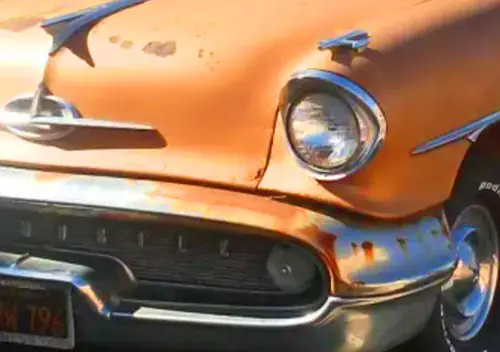
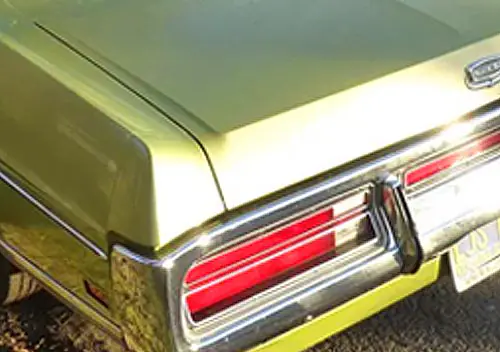
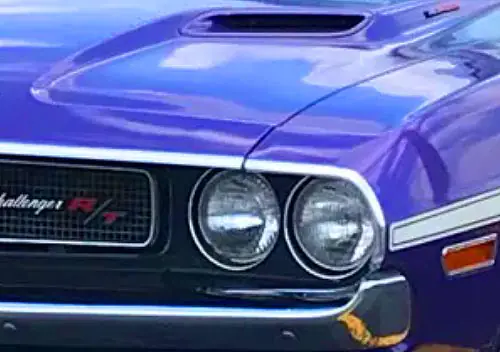


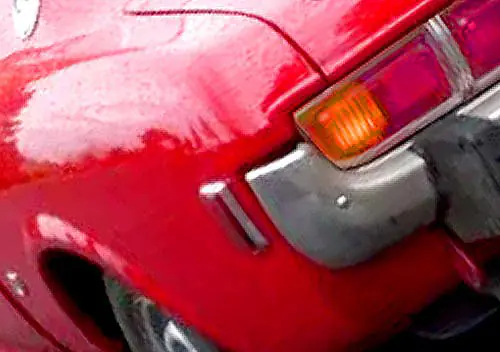

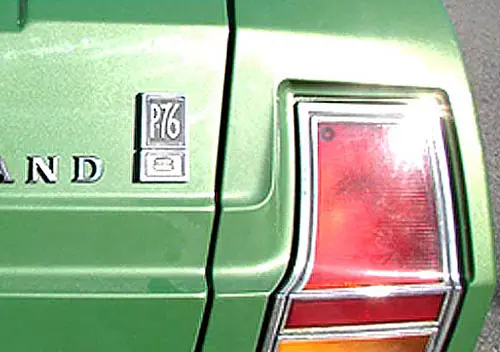
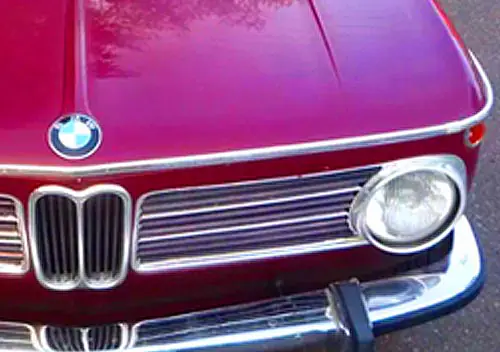

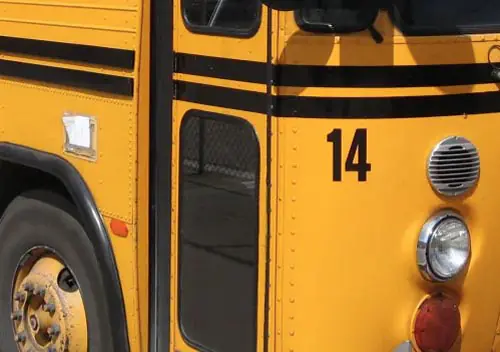
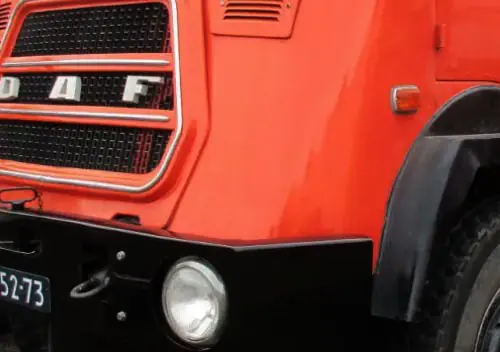
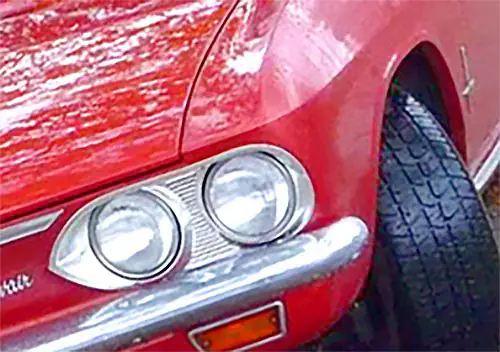
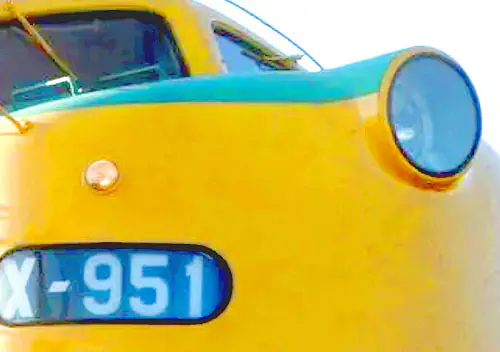
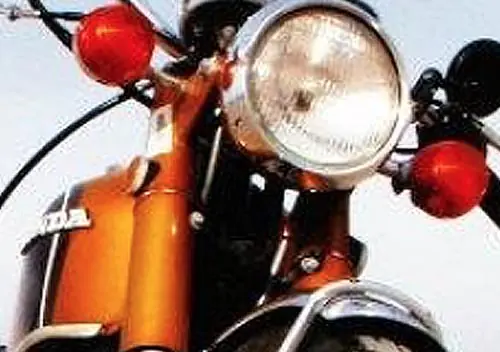
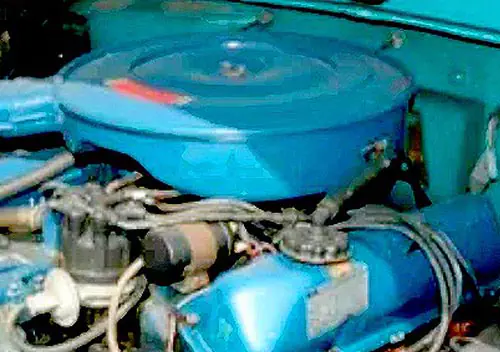
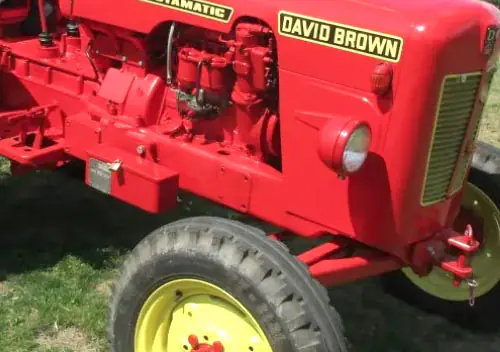
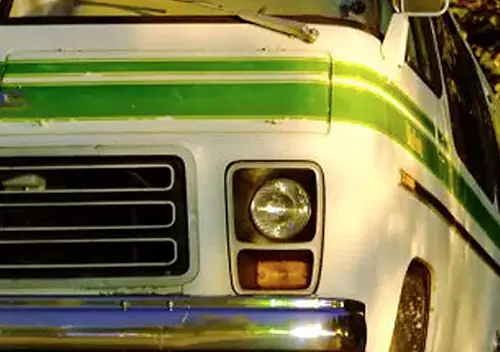

Nice, I’da thought they’d load on an asphalt surface to reduce gravel chips .
-Nate
Wow these pictures are very heart touching despite I wasn’t still born those year and in spite those gigantic vehicles were never offered in my country, Argentina. But readers can catch a lot of significant featurings which are more trascendental even to the brand related here Chrysler Dodge and Plymouth. To see how big Chryslers Dodges and Plymouths were towed in big train’s skeletons and how it meant their deliver and distribution through enormous USA territory , wow , this article with such a precious real gallery is a true travel to the actual past days . Simply marvellous , simply warm big compliments to the Autor of this documentary, much thanks again from Buenos Aires , from an Argentinean reader of curbsideclassic
I wonder if there are ANY photos Of 61 DeSotos on carriers? With only 3200 built, that would be extremely rare. As I’ve said before, Those 🎵 Delightful 🎶 Delovely 🎵 DeSotos 🎶 were some of my all time favorites. Especially 61s, The grand finale (with 61 IMPERIAL) for Exners fabulous finned fantasies for Chrysler.
Interesting photos. While I spent a lot of time watching autos being transported by train starting in about the mid-1960s (my grandmother lived next to a B&O mainline in Maryland), I never recall seeing an arrangement like in these photos…with semi-truck car carriers being transported on flat cars. Usually the autos were on a dedicated car-carrying train car and often were not exposed to the elements on the top row. It just seems like there’s a lot of possibility for damage in how the cars in these photos were transported.
I also agree with Nate about how it would really be advantageous if the cars were unloaded to a lot paved with asphalt. Even if stone chips were kept to a minimum, washing the lot dust (not to mention metal-filled railroad dust) off of the cars seems like a lot of unnecessary work.
I remember when my Dad had ordered a 69 Pontiac Le Mans in San Diego. As we were waiting for it, there was a storm up north that affected train travel so it was a few weeks later before we finally got it. It was Midnight green with a black vinyl top. It was our family car that us long legged kids quickly outgrew.
Are cars transported on trains as much as in the past? I’ve spent a lot of miles on southwestern interstates running near train tracks, and I’ve seen many miles of freight trains on UP and BNSF tracks. Most carry containers, or piggybacks but I never see cars. On the other hand I see lots of new cars being hauled on truck transporters on freeways. And I see them at the docks in Benicia. I know Tesla has decommissioned the tracks which used to run to the ex-GM/NUMMI plant that builds Teslas in Fremont, California not far from my home. And Tesla-haulers are perhaps the most common car carriers seen on Western US roads. Are trains still used for this in other parts of the country?
Yes. The cars look different nowadays (see below). These rail cars offer more protection. I see these on certain routes.
These may be more common actually, as they allow easy loading and unloading.
It’s been a long while I didn’t saw these rail cars. There was some rail cars featured in this old tv ad.
Not an expert myself, but for starters, here’s what the railroad near me has to say:
http://www.up.com/customers/premium/new-vehicles/index.htm
Those are the types I regularly see around here, not the open ones.
There’s a large new car staging area railyard in Littleton (southwest of Denver) that stays very busy, mostly with the enclosed types of car carrier wagons that Paul pictured just below. They unload there, then park them by brand and put together the local deliveries with the car carrier trucks. For sure my old ’14 Outback from Indiana came through there as well as likely some others we’ve owned. I usually see lots of Fords whenever I drive by nowadays but plenty of other brands too. The “problem” with that method is that the timing is unpredictable or at least lead times are longer then they would be otherwise, the blue Tesla we had was delivered from CA to CO within a few days, the ones built in Texas are usually up here a few days after being built as well, a train trip would be measured in multiple weeks (not the actual trip once it goes, but including the staging on both ends). Since Tesla doesn’t book the sale (and get paid) until the end customer takes delivery (no third-party dealer) I suspect delivery speed is paramount to them. Or at least was when demand was greater.
Great pictures! Milwaukee 299 and 286 were EMD GP9’s, the most common 1st. generation diesel road switcher. In those years the Milwaukee Road still maintained the only electrified route to the west coast, but had plenty of diesels for non-electrified routes. Incidentally, locomotive engineers usually sit on the right side. The crewman looking out the window is likely the fireman.
As for the enclosed car carriers on trains, way back when I worked for a Lincoln-Mercury and Ford dealers, they often sent a couple of us to go to the railyard & drive back a particular sold unit the dealers was anxiously waiting for. In `79 for example, I often had to go bring back one of those midnight blue Collector Series Continental Town Cars. One I drove had errant spray paint her & there on one side—a victim of graffiti artists who spray-painted (tagged) the whole side of the rail car. The paint went right through those air holes along the sides!! What a mess but the body shop got it cleaned up OK without repainting it.
Way cool.Still hope to do a train jaunt, before I take the last one out.
Interesting that these new cars appear devoid of hubcaps with their freshly painted steelies displayed. Is this so that the hubcaps are not lost in transit? Just throw em in the trunk?
Yes. Hubcaps were either stashed in the trunk, or placed inside on the floor. Probably depends on the particular automaker. I read a story years ago about an auction at a longtime Chevy dealer in Nebraska that held onto its unsold inventory at the end of the model year (!?!) until it auctioned it all off after 60+ years. One magazine profiled a buyer of a Corvair coupe, who wondered what was in a sealed cardboard box in the trunk. Opening it revealed four mint, never installed, Corvair hubcaps. He was ecstatic– the hubcaps were usually worth $50 EACH at swap meets.